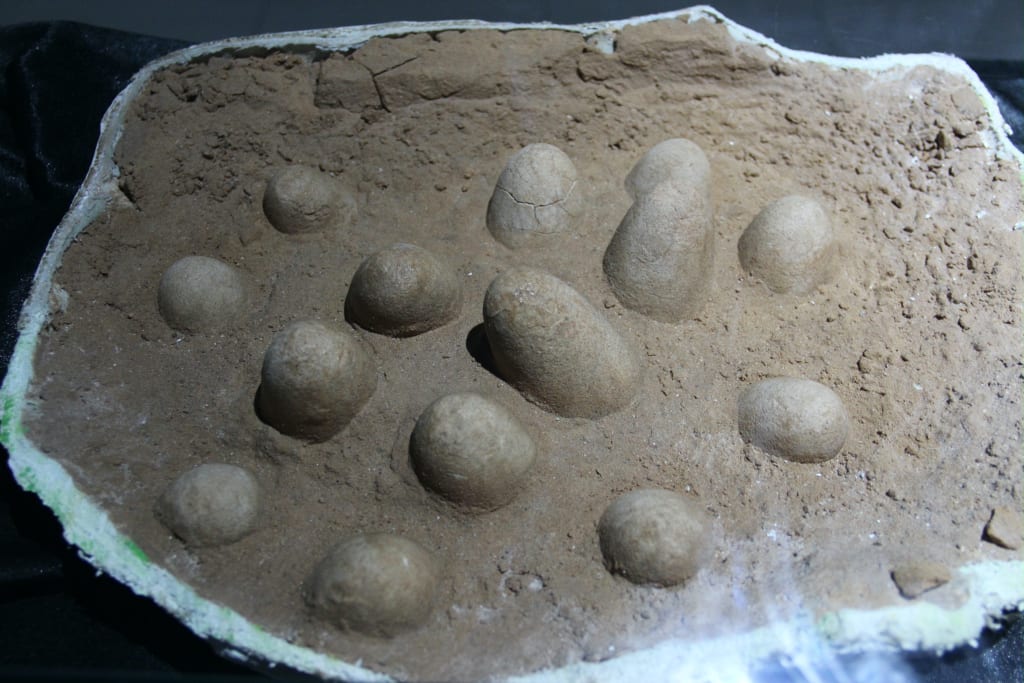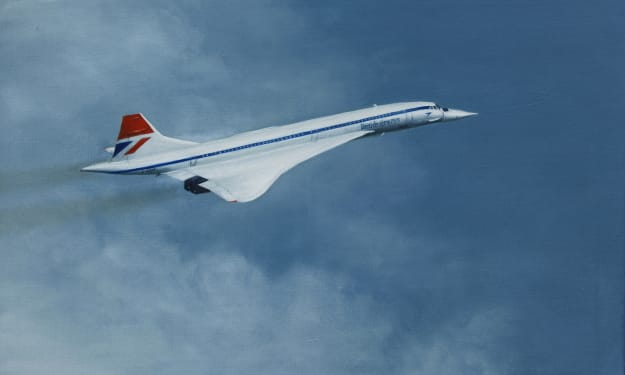The Uncovering
Dinosaurs were extinct. Dragons were only a myth. Until the day that they weren’t.

There weren’t always dragons in the Valley. The fragments of bone found in the Great Lakes basin were identified as dinosaur fossils, or remains of ancient turtles. As far as most regular North Americans were concerned, dragons belonged in fairy tales.
Until Dr Chandrasekhar was nine years old, he had no idea what dragons were. Then his family moved to LA from their native Karnataka, India. Young Deepak imbibed American culture, from Jurassic Park to Indiana Jones to swords-and-sorcery-and-dragons movies, books, and video games.
Fantasy turned to reality for Deepak as he studied palaeontology and earned his doctorate at San Diego. He studied the fossils at La Brea Tar Pits and in South Dakota, and worked on digs in China and Mongolia. He also explored the mythology and anthropology surrounding dragons. To his surprise, he found out that dragonlore existed among the peoples of North and South America as well as in the “old world” – creatures such as the Piasa Bird Dragon of Madison County, said to devour men, or the horned sea serpent of Seminole legends, or Gaasyendietha, the fire-breathing bird-snake of Lake Ontario.
As he travelled the badlands and plains, Deepak noticed the effects of climate change in the regions he explored – from increased erosion of the rocks to melting of the glaciers in the mountains. This was a worry, obviously, even if it did make his job simpler in some respects. Bones and fossils were coming to the surface more easily. Ancient strata were being revealed as their covering of topsoil was stripped away by wind and rivers.
So it was that one day, as Deepak and his team worked an area of Dundas Valley, near Lake Ontario, one of his grad students suddenly shouted and raised his arm. Deepak hurried over.
“Dinosaur eggs!” the student told him, eyes shining.
The two men worked away at the clutch of perfectly preserved eggs, going very gently so as not to damage them. After over an hour, they had managed to separate all of the eggs from their surrounding rock. In great excitement, they packed the eggs securely in a box and put them in the dig’s store room.
At daybreak the next morning, Deepak was back at the dig, before anyone else had arrived. He couldn’t wait to examine the eggs more closely.
In the dark of the store room, he gently scooped one egg out of its protective cushioning. He cupped his hands around it. The fossil felt warm – Deepak guessed it had retained warmth from the previous day’s sunshine.
The first time it happened, Deepak thought his hands were shaking. He took a breath and stilled himself.
The second time, he was so alarmed he nearly dropped the egg. The leathery skin moved – almost imperceptibly, but Deepak was sure he was not mistaken.
He gulped. Blew a shaky breath through pursed lips.
Was this a turtle egg? But how would it have gotten buried in the rock? Turtles were not strong enough to dig into those strata.
They were way too far north for alligators here. But maybe one had escaped from a zoo? You heard stories about huge reptiles making their home in the New York sewers and other unlikely places. Maybe some mama alligator had very strong claws.
Whatever – living animals were a bit beyond Deepak’s realm of expertise. Very carefully, he put the eggs into a soft bag and returned them to the place where they had been found. He fastened the lid of the box so it looked undisturbed.
As Deepak left, he raised a hand to salute the farmer who owned the land. The guy was bringing in some of his horses to graze on the grassland for a couple of hours – part of the agreement by which Deepak and his team were allowed to carry out their dig. The scientist continued to his car without looking back. In the distance, one of the horses lifted its tail and deposited a pile of dung right on the spot where the eggs had been found.
And that would have been that, ordinarily. The team had finished in the area where the horses had grazed, so it lay undisturbed for the next few days. More dung was added to the pile as the horses came in each morning.
On the fourth day, muggy sunshine was followed by a stifling, oppressive night. And some time during that night, the pile of dung began to stir. A deer passing by startled and bolted at hearing the strange, high-pitched noises. Crows settled, intrigued; one dug into the pile, hoping for an easy meal – but took to the sky in terror at what issued forth.
The animals vacated the area, uneasy at what they were detecting. The humans, unaware, slept on until the sun emerged over the side of the valley.
Katie John





Comments
There are no comments for this story
Be the first to respond and start the conversation.